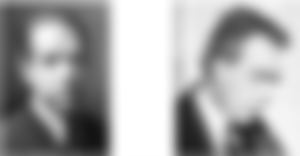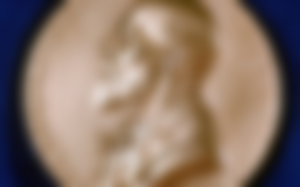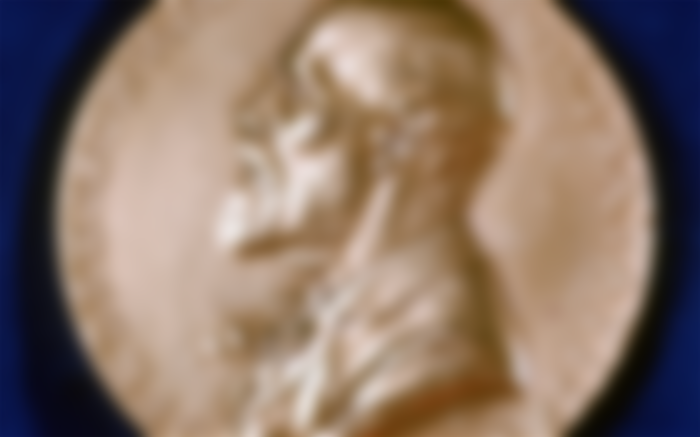Niels Bohr was a Nobel Prize-winning physicist and humanitarian whose revolutionary theories on atomic structures helped shape research worldwide.
Niels Bohr was an accomplished physicist who came up with a revolutionary theory on atomic structures and radiation emission. He won the 1922 Nobel, prize in physics, for his ideas and years later, after working on the Manhattan Project in the United States, called for responsible and peaceful applications of atomic energy across the world.

A day or two after receiving the Nobel Prize, Nils Bor received another, probably the most interesting award ever.
On that occasion, the Carlsberg brewery gave him a house where beer from the brewery next door came through pipes.
An unlimited amount of beer was available to Bor.

When Adolf Hitler came to power, Bohr provided refuge to German Jewish physicists at his institute in Copenhagen,
With his lucidity, together with his colleague Gersch de Heves,, he managed to save two Nobel Prizes from destruction by the Nazis.
When the Nazis invaded Denmark in April 1940, scientists at the Nils Bohr Institute for Theoretical Physics worried about what would happen to the 1914 and 1925 Nobel Gold Medals for Physics, which were awarded to two German laureates, Max von Laue and James. Frank - left in there.on storage
"Sending gold abroad in Hitler's Reich was very dangerous if anyone was caught, he could easily lose his head. If the occupying forces had discovered that Laue's name was engraved on the medal, it would have had very severe consequences for him, "wrote Hungarian chemist Gersch de Heves, who worked at the Institute.

The day Nils Bohr convinced him not to bury medals, because what is buried can be unearthed, Gersch de Heves, decided to dissolve two 23-carat gold medals in imperial water - a mixture of three quarters of hydrochloric acid and one a quarter of cobalt nitrate.in which gold, platinum and palladium are dissolved.
However, breaking down gold is a very slow process even when you break down small pieces, let alone a large piece in the shape of a medal - and there were two of them.
By the time the Nazis arrived, both awards were in a bottle hidden on one of the shelves in the lab.
"The Nazis overturned and combed every inch of the institute in search of evidence, but the bottle remained intact. Hevesi was forced to leave Stockholm in 1943, but when he returned to his laboratory on May 8, 1945, the inconspicuous bottle was still in place. "
Stored high on the shelf of his laboratory, the Nazis did not notice the orange liquid. After the end of the war, De Heves - who himself won the Nobel Prize in 1943 - tried something impossible. He reversed the chemical process, extracted the gold from the liquid and then sent that raw metal back in 1950 back to the Swedish Academy in Stockholm.

The Nobel Committee then poured the medals again using the original gold and handed them back to the winners Max von Laue and James Frank.




These days, the Nobel Prizes for this year have been awarded in the field that interests me, but I still haven't taken a good look at the achievements for which they have been awarded.